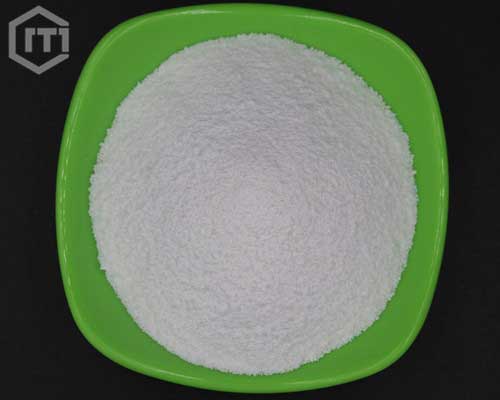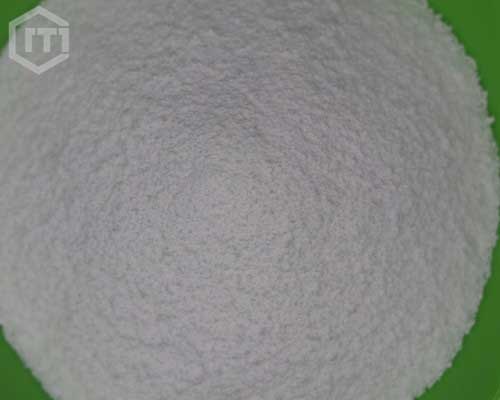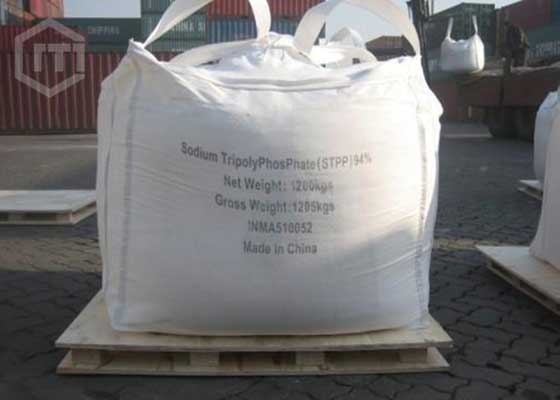Detergents are made up of six group substances, such as, surfactants, builders, bleaching-agents, enzymes, fillers and other minor additive. Builders are the key detergent components and sodium tripolyphosphate (STPP) is the most widely used builder. The functions of stpp in detergent include several aspects.
What Are The Functions of STPP in Synthetic Detergents
- The main ingredients of synthetic detergents are surfactants. The surface active agents have wetting effect, penetration effect, emulsifying effect, dispersing effect and foaming effect, etc… Decontamination is a comprehensive result of these effects. Although the surfactant alone has decontamination effect, it doesn’t get satisfactory results in all cases. For example, the effect is poor in hard water, the price is high, the washing effect is good at high PH, but the high PH value will have an erosive effect on the washing clothes and machine. Therefore, in order to make the synthetic detergent have good washing effect and better adaptability, and become a washing product that people are willing to use, it is necessary to add washing aid. Auxiliaries can be divided into organic auxiliaries and inorganic auxiliaries. The organic type can prevent dirt from redeposition, the inorganic type can reduce the concentration of synthetic pectin in synthetic detergent, and can make the synthetic detergent exert its washing performance at a lower concentration. In addition, these inorganic auxiliaries can also improve the decontamination effect of synthetic detergents under alkaline conditions. STPP in detergent is the best inorganic auxiliary, which has many performances.
- It can make powder detergent products have good mobility. Sodium tripolyphosphate hydration can form a stable hydrate Na5P3O10.6H2O, which has a low steam pressure at room temperature and is very stable, thus preventing the powder detergent product from absorbing water and agglomerating, making the powder detergent have better fluidity when it contains higher moisture.
- Complexing action. There are usually high calcium and magnesium ions in tap water, which is called hard water. During washing, calcium and magnesium ions can react with the detergent in the synthetic detergent to form viscous metal soap, which reduces the detergency of the synthetic detergent, and it is easy to make the fabric recontaminated with metal soap. The metal soap deposited on the washed object will make the fabric hard and brittle.Sodium tripolyphosphate uses in detergent can chelate with calcium and magnesium ions to form soluble complexes, which can soften hard water.
- STPP chemical itself has a certain washing effect. The washing effect of stpp is due to its dispersing, emulsifying, and peptizing effects on fine inorganic particles or fat droplets. The combination of these functions can improve the ability to suspend the dirt from redepositing on the fabric, and thus improve the cleaning effect of the detergent.
- Promote gelatinization, emulsification and dispersion. STPP in detergent has the effect of swelling and solubilizing the proteins in dirt, so as to play the role of dispergation. It can also promote the emulsification of fats and disperses solid dirt.
- Make the powder keep dry. STPP in detergent powder can prevent the powder from clumping. It can prevent caking due to water absorption and make the detergent powder keep dry and granular.
- STPP in liquid soap is good soap synergist and can prevent soap oil from settling and frosting.
- In conjunction with surfactants, it can allow the use of other essential ingredients to be minimised and allow modern detergents to perform efficiently in various types of washing conditions.
- In addition, STPP can also protect the washing machine against corrosion and help to suspend the dirt in the washing water, prevent it from resettling on the clothing.
Why STPP can be used in detergent
- Hydration performance. At room temperature, stpp chemical is quite stable, and it will slowly undergo hydrolysis in humid air, eventually producing sodium orthophosphate. Under the same conditions, the high-temperature type hydration generates high heat quickly and is prone to agglomeration when dissolved in water. This is due to the presence of sodium ions of the quadridentate ligand, which has a strong affinity for water. On the contrary, the low-temperature type forms hexahydrate at a low speed in water.
- Chelating ability to metal ions. The heavy metal ions, such as, Ca2 and Mg2 in water are combined with detergent molecules to form insoluble salts in the washing process, which will reduce the washing ability and even lose its effect completely. So it is necessary to add a substance that can make the heavy metal ions contained in the washing water harmless to the detergents. Sodium tripolyphosphate is such a builder, which has strong chelation effects on heavy metal ions, seal them up and eliminate their negative effects on washing. STPP in detergent has complexation action with metal ions, such as, calcium, magnesium and Fe dissolved in water to form soluble complexes. The complexing capacity of sodium tripolyphosphate is generally expressed by calcium value, that is, the grams of calcium ions complexed by 100g phosphate. The theoretical value is 13.4. In addition, it can also capture various types of metal components in the dirt and play the role to dissociate dirt during washing.
- Buffer effect. The aqueous solution of STPP is weakly alkaline. It forms a suspension liquid in water with the PH value ranging from 4.3 to 14. This is its dispersion effect. In addition, it can also make the liquid and solid particles better soluble in the liquid medium, so that the appearance of the solution is completely transparent, just like the real solution, this is its solubilization effect. As an auxiliary agent of synthetic detergent, sodium tripolyphosphate can keep the PH value of detergents around 8.4 and promote the removal of acidic dirt.
This is precisely because of its unique properties that make sodium tripolyphosphate an important ideal raw material in washing powder and detergents.






